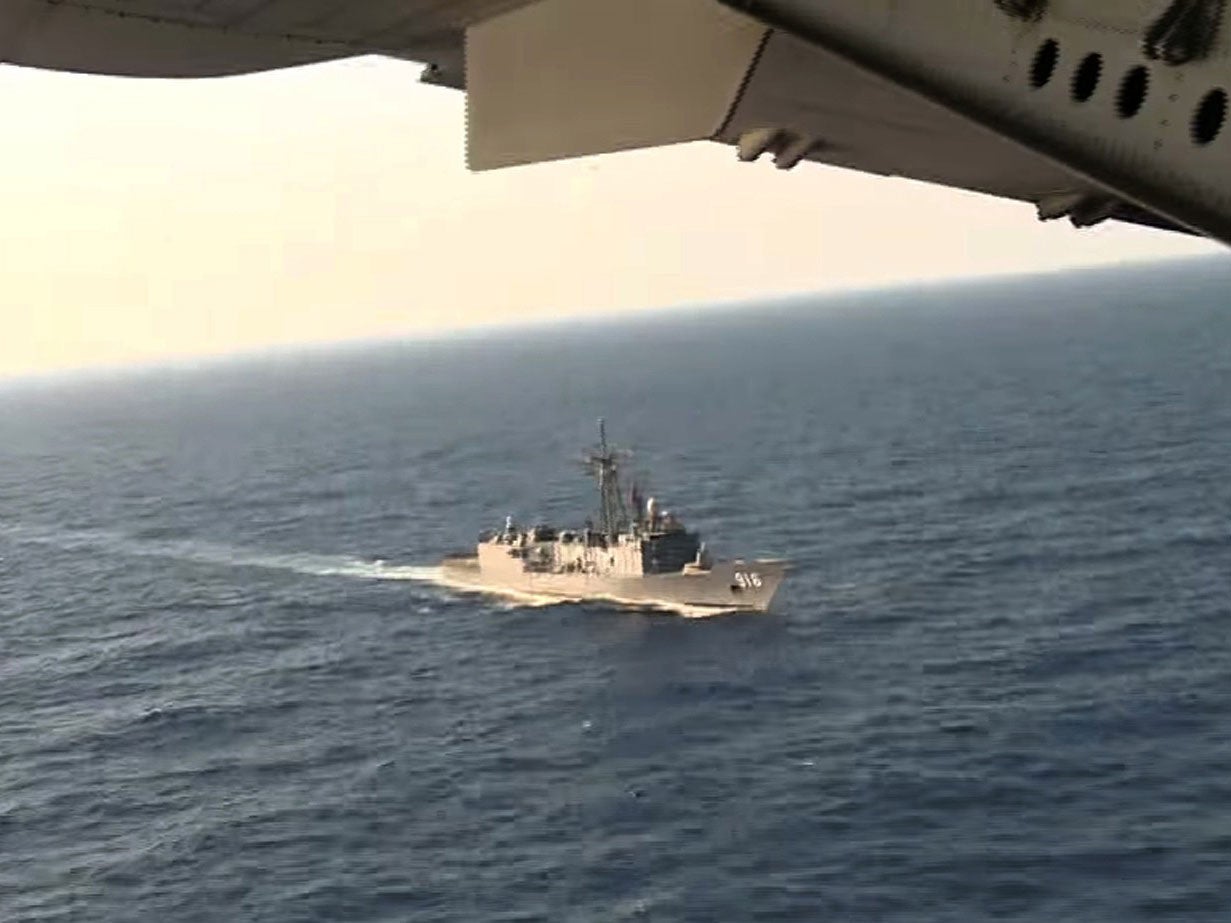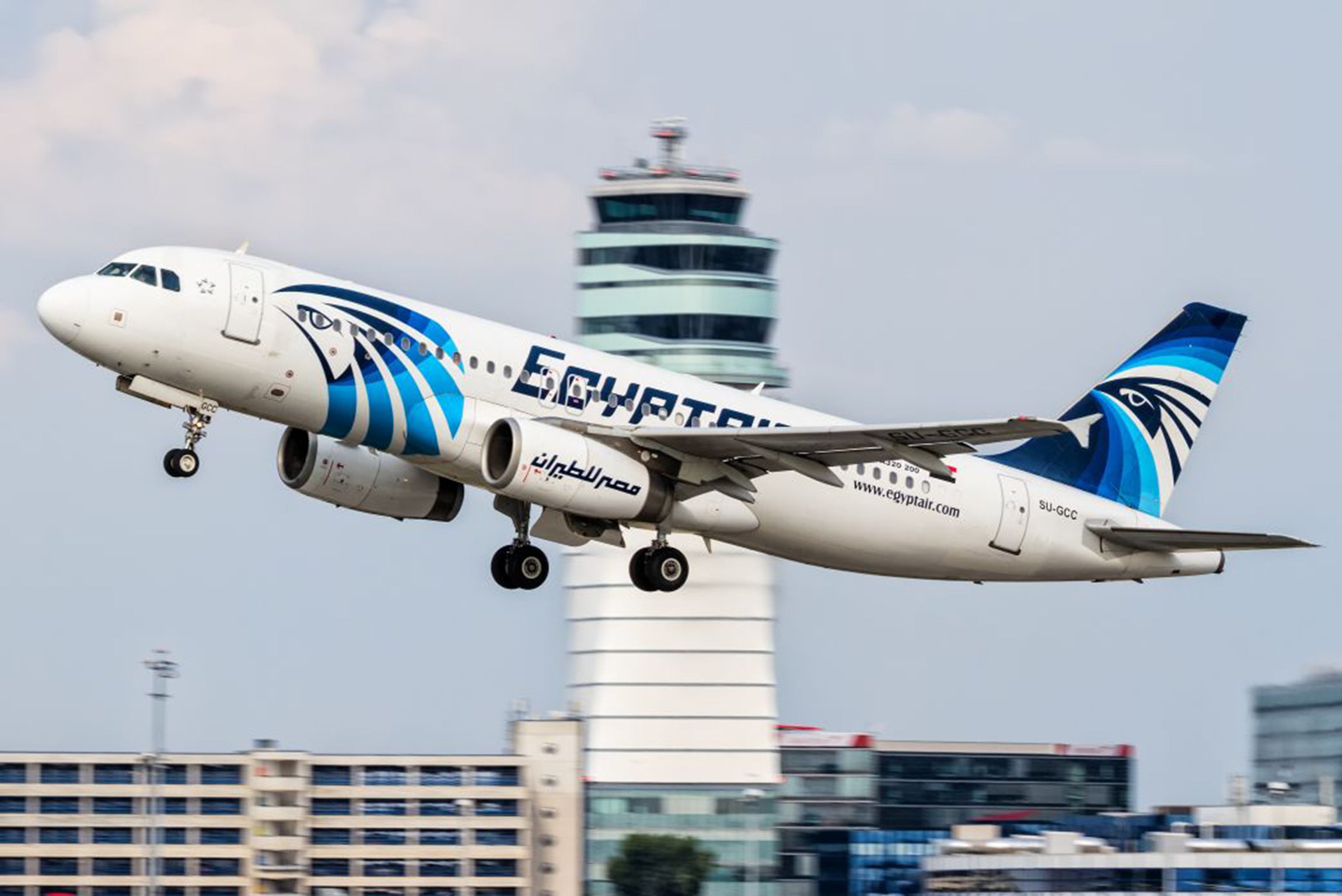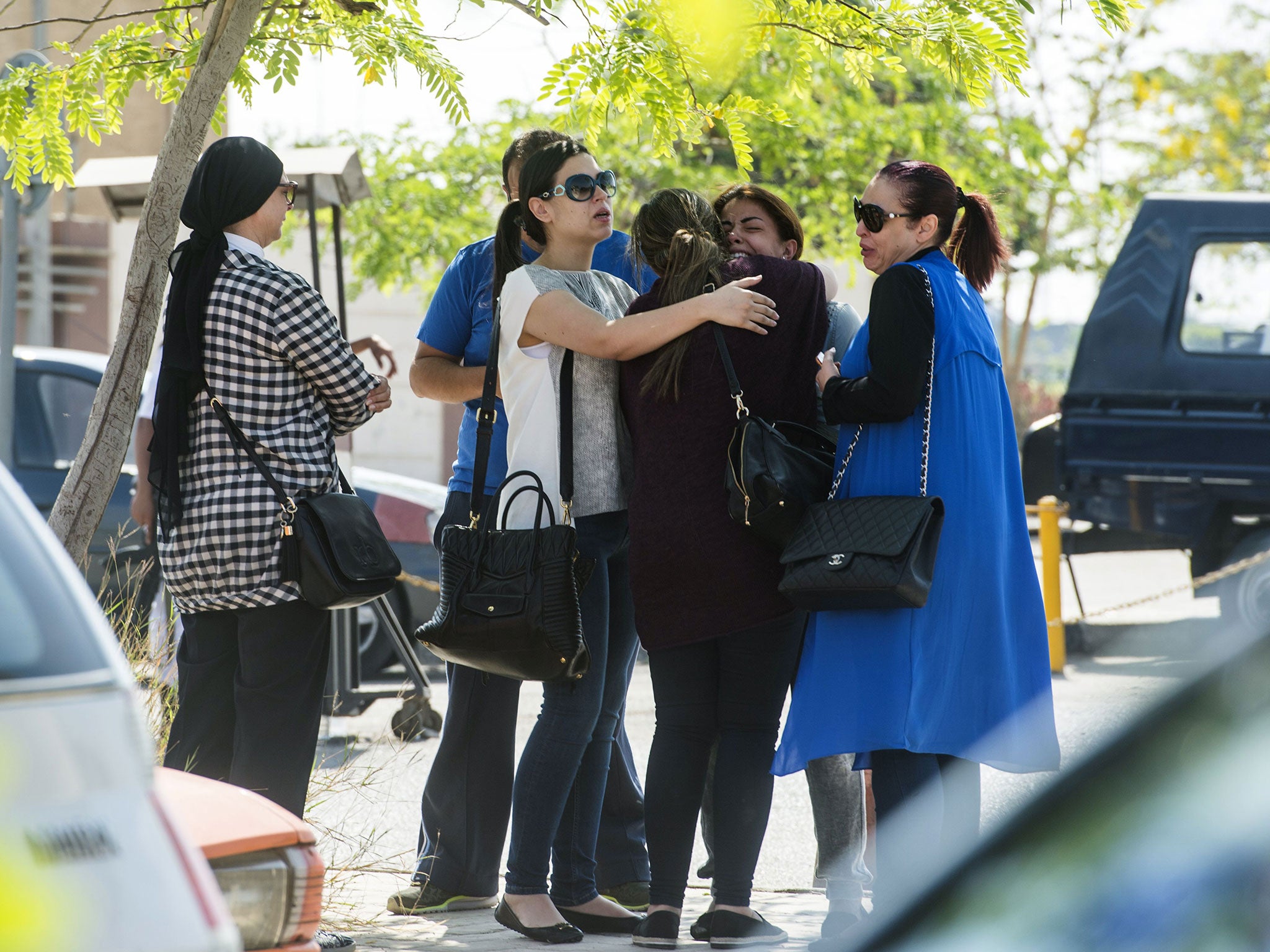EgyptAir flight MS804 crash: Body parts, suitcases, passengers' belongings and seats from missing plane found
Experts warned that finding the body of the aircraft could be extremely difficult in one of the deepest parts of the Mediterranean
Your support helps us to tell the story
From reproductive rights to climate change to Big Tech, The Independent is on the ground when the story is developing. Whether it's investigating the financials of Elon Musk's pro-Trump PAC or producing our latest documentary, 'The A Word', which shines a light on the American women fighting for reproductive rights, we know how important it is to parse out the facts from the messaging.
At such a critical moment in US history, we need reporters on the ground. Your donation allows us to keep sending journalists to speak to both sides of the story.
The Independent is trusted by Americans across the entire political spectrum. And unlike many other quality news outlets, we choose not to lock Americans out of our reporting and analysis with paywalls. We believe quality journalism should be available to everyone, paid for by those who can afford it.
Your support makes all the difference.Body parts, passengers' belongings, luggage and plane seats have been found in the continuing search for EgyptAir flight MS804.
“We were informed that a body part, two seats and one or more items of luggage where found in the search area," the Greek defence minister said.
Panos Kammenos told a news conference the items were found in the search area slightly to the south of where the plane vanished from radar on Thursday morning with 66 people on board.

Debris was being transported back to Cairo for analysis as investigations into that cause of the disaster continued.
EgyptAir said government officials had been informed of the discovery on Friday morning during searches for the Airbus A320.
“The Egyptian Armed Forces have informed EgyptAir that they have found the first debris from the missing aircraft operating flight MS804 295km from the Egyptian coastline,” a statement said.
“EgyptAir sincerely conveys its deepest sorrow to the families and friends of the passengers on board.”
A spokesperson at the airline’s head offices in Cairo told The Independent the find was separate from debris previously recovered that was found to be unrelated.
“The statement yesterday was incorrect – there was a misunderstanding – but today in the morning they found the wreckage around 295km (180 miles) away from the coast at Alexandria,” she added.
“The information has been confirmed.”
Brigadier General Mohammed Samir, a spokesperson for the Egyptian army, said planes and naval vessels found “personal belongings of the passengers and parts of the plane's wreckage”.
Later on Friday afternoon, EgyptAir has said more “debris, passengers’ personal belongings, body parts, luggage, and aircraft seats” has been recovered.
A spokesperson for the Egyptian Army said efforts would be “intensified” as the military released footage of the efforts.
A possible oil slick from the plane was also picked up on a satellite at around 4pm on Thursday.
The European Space Agency (ESA) says its Sentinel-1A radar satellite detected the 1.2 mile-long slick around 25 miles south-east of the aircraft's last known location.
The information was passed to authorities on to aid search operations but officials emphasised that there was no guarantee the slick was from the EgyptAir plane.
Images from its Sentinel-2A satellite will be analysed further for traces of fuel or debris after it passes above the same area on Sunday.
EgyptAir made a previous announcement claiming part of the aircraft had been found on Thursday but backtracked after analysis indicated the debris was not from a plane.

The captain of a cargo ship that joined the search had shared photos claiming to show items from the missing plane floating in the sea, while Greek television also published images.
An American Orion aircraft was being deployed to join the search and a French navy patrol boat equipped with sonar is on its way from the port of Toulon.
The 262-foot ship will aim to identify the sound of the underwater location beacons fitted to the crashed plane's cockpit voice and flight data recorders, known as black boxes.
The Navy says it will take two to three days for the vessel and its crew of 90 to arrive in the search zone, which is roughly halfway between Egypt's coastal city of Alexandria and the Greek island of Crete.
It may take some time to find the recorders — the water is 8,000 to 10,000 feet deep and an oceanographer likened the sea floor to the Alps.
Dr Simon Boxall told BBC that the A320 could easily “slip through the cracks” of the ocean floor or be lost in soft sediment several kilometres down.

“It sits on a boundary where the ocean floor is more like the Alps, very rugged and contoured,” he said. “This is a very soft sediment area and wreckage could sink very quickly, so they need to find it fast.”
Ioannis Chapsos, a research fellow in maritime security at Coventry University said sea searches were particularly difficult.
“As time passes by, sea currents and weather conditions will cause wreckage to drift,” he added.
“In practice, this means the search and rescue area must continue to expand for every hour the search goes on.”
Families of the 66 people on board have been formally told their loved ones are dead, with many gathering for an emotional memorial service at a mosque in Cairo.
Among the victims was Richard Osman, a father-of-two from Wales, and a Frenchman who almost missed the fated flight after losing his passport.

EgyptAir said 30 Egyptians, 15 French passengers, two Iraqis, and one passenger from Britain, Sudan, Chad, Portugal, Algeria, Canada, Belgium, Kuwait and Saudi Arabia were on board.
The scheduled flight left Charles de Gaulle at 11.09pm on Wednesday (10.09 BST) and radar shows it continued on its normal path over Italy and Greece before starting to cross the Mediterranean.
The last signal was picked up by Greek air traffic control at 2.27am (1.27am BST) and the country’s civil aviation ministry said the pilot “did not respond” to contact attempts as the plane headed towards Egyptian airspace.
Egyptian authorities lost contact with the flight at around 2.30am (1.30am BST), 45 minutes before it was due to land at Cairo International Airport.
The Greek defence minister said the plane had been cruising at an altitude of 37,000ft when it started rapidly losing altitude, suddenly veering to the left and then making a full circle in the opposite direction immediately after it entered Egyptian airspace.
The aircraft dropped by 22,000ft to 15,000ft before contact was lost at around 10,000ft.

Join our commenting forum
Join thought-provoking conversations, follow other Independent readers and see their replies
Comments